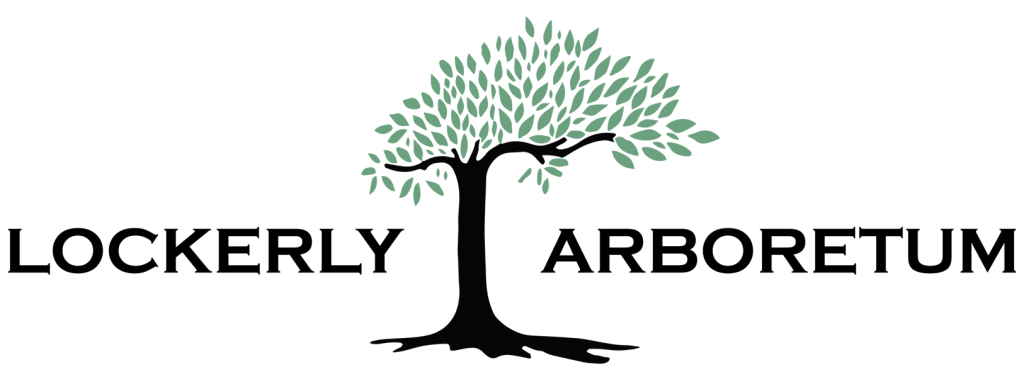LETTERS FROM LOCKERLY: Urban and suburban trees: More than just decorations
Published 11:44 am Tuesday, July 15, 2025

- Lockerly
It’s not surprising that parking spots under tree canopies are the first to go on a hot summer day. People are quick to trade sunbaked pavement for the relief of shade. These coveted parking spaces reflect a larger truth: trees are one of the most effective tools we have for keeping our urban and suburban environments comfortable and livable. Beyond offering relief from the summer heat, trees help clean our air and water, support wildlife, cut energy costs, and even improve our health.
Pavement and buildings absorb and radiate heat, turning cities into “heat islands.” Trees and other vegetation lower local temperatures by several degrees through shading and evapotranspiration — a process in which plants absorb water through their roots and release it through their leaves, using heat from the air.
When rainfall can’t soak into the ground, it runs off streets, picks up pollutants, and flows into our rivers and lakes. Trees intercept a significant portion of this rainfall. Their canopies slow the impact of rain, while roots help absorb and filter out fertilizers, oil and heavy metals that wash off paved surfaces during storms.
Trending
Trees and other vegetation also provide essential habitat and food for wildlife, including pollinating insects, migratory birds and small mammals. Even in urban settings, trees create habitat corridors that help migratory species get where they need to go.
In Middle Georgia’s long, hot summers, the right tree in the right place can make a big difference in home energy use. Planting deciduous trees on the south or west side of a building can block the strongest afternoon sun during summer, while still allowing sunlight through bare branches in winter. This reduces cooling costs and helps cut pollution from fossil fuel–powered electricity.
Trees aren’t just good for the environment — they’re good for us, too. According to the EPA, spending time around trees and green spaces has been shown to lower heart rates, reduce blood pressure, and even boost the immune system. In cities, where heat can become dangerous, tree cover plays a critical role in reducing the risk of heat-related illnesses like heat stroke. Trees also help create a more peaceful environment by acting as natural buffers against wind, noise, and light pollution.
Not every tree is a good fit for our cities and suburbs. Some tree species, like the Bradford or callery pear, which were introduced from Asia, can do more harm than good. These trees spread aggressively into natural areas and crowd out the native plants that make Georgia, Georgia. Callery pears are also structurally weak, often forming narrow branch angles that make them prone to breaking during storms. Relying too heavily on just a few species leaves our urban canopy more vulnerable to pests, diseases, and storm damage. A better approach is to plant a diverse mix of well-chosen native and regionally adapted trees. For help choosing the right species, check out the University of Georgia Extension or Georgia Forestry Commission websites.
Tree planting and maintenance are often seen as purely cosmetic, but the return on investment is real. Trees increase property values, reduce infrastructure costs for stormwater management, and provide long-term savings through energy efficiency and public health improvements. As our cities and suburbs continue to grow, planting and caring for trees today will ensure that future generations inherit a cooler, healthier, and more beautiful place to live.
—Carter Payne is a horticulturist at Lockerly Arboretum.






